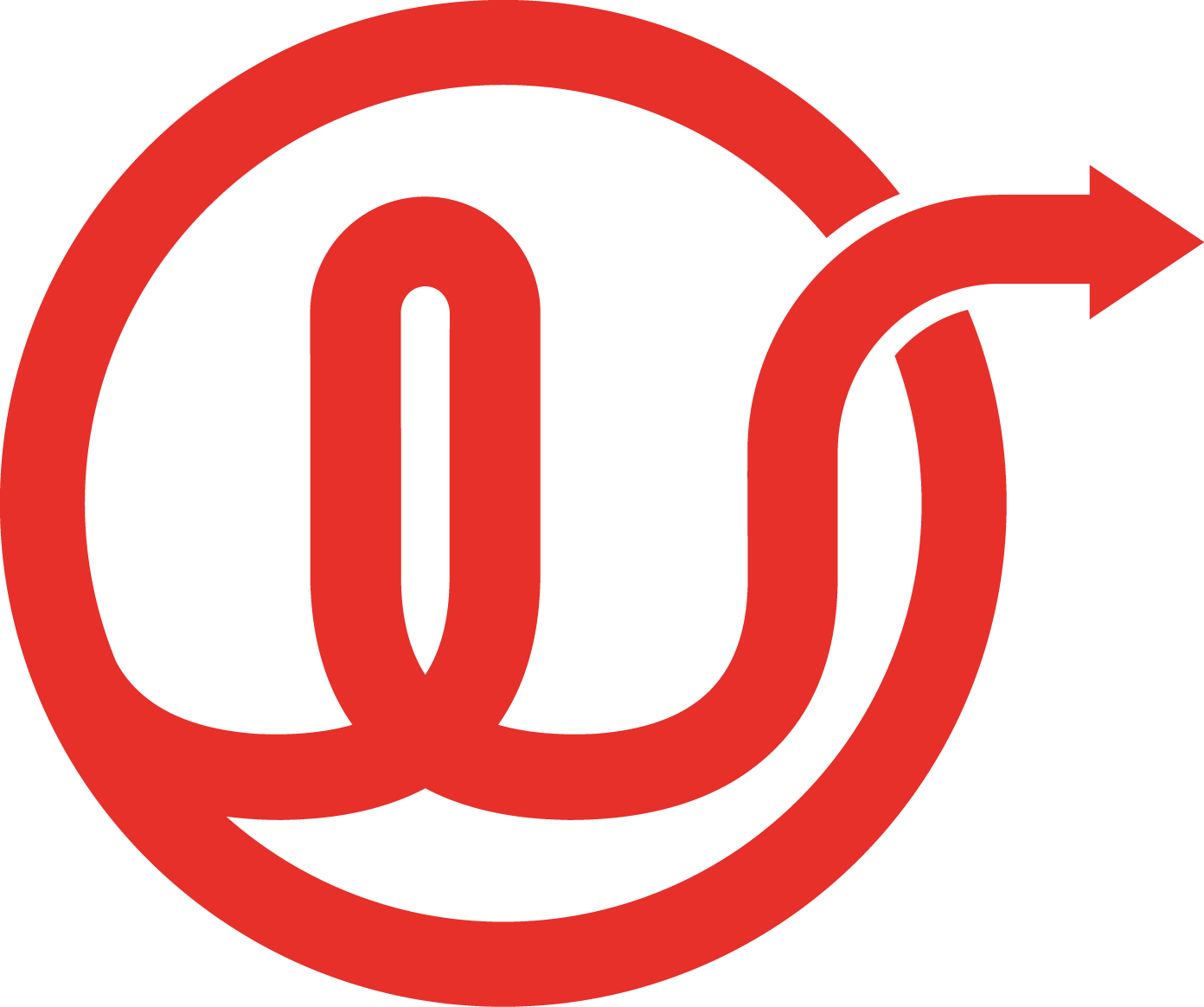Disturbance, disruption and disintermediation. We have been led to expect nothing less than the full 3-D experience from the digital revolution. Just think about Uber or Spotify; transformative technology driving fundamental change to an established business model. US CD sales are down 90% in a decade* and where is HMV now?**
In the more prosaic world of financial services, the fruit of change may be less ‘low hanging’ but many people are waiting, excitedly, resignedly or with trepidation, for the lightning bolt – the single idea or technology that will create a new world order. Yes, there have been incremental gains and challenger technologies in FinTech including blockchain, but to paraphrase a twentieth century great…never before has so much money been spent by so many for so few tangible benefits (so far).
But if you wait for the ‘giant leap for mankind’ (yes, another C20 giant) you are very unlikely to recognise the ‘small step for man’ with which the journey of transformation begins. This was my ‘lightbulb moment’ in VG, our medium-sized independent fiduciary and administration solution provider. We can improve every process, function and control for the benefit of our clients and/or our staff and the cumulative effect will be a complete transformation of the way they experience and see our business. And if that seems too soft and woolly, it translates into higher sales, more repeat business and client referrals, lower staff turnover and cost savings to fund the next wave of innovation.
But if there is no miracle solution, what are the future tools of change? A year ago, I wrote an article called ‘A rock and a hard place…’ about major system selection decisions and how they have become almost irrelevant for reasons of time, cost and risk. In very simple terms, you buy a system to address the problems and needs you already know about but by the time you install it you are facing another set of issues, challenges and opportunities. If you are going to stand out from the crowd you need to be able to look forward and deliver change quickly, not wait for a major supplier to ‘turn the super tanker’.
In that article I also talked about Alteryx, a ‘self-service data analytics platform’ introduced to us by Dan Hare Director of Continuum Consulting in Jersey. And by the way, if that definition sounds like meaningless jargon, it is really nothing more complicated than enabling you to find, recover and analyse your own information much more quickly and effectively. We bought the licences to prise data from our ageing systems and drag our management information (MI) into the 21st century and, a bit like the Mary Rose, our treasures have slowly but safely emerged from the murky depths! Monthly reporting first became daily and has now become ‘real time’ with all the benefits that implies for decision-making and client service.
But how is that a step on the journey to total transformation?
First, and most obviously, the original MI opened our eyes to other reporting opportunities. Over the past 12 months we have identified more than 60 applications for Alteryx either to make reporting possible or make it faster and more efficient
Second, we have started to see this reporting as a springboard to other opportunities. If you can see where the bottlenecks are occurring, you can redesign a process or control to avoid them. And if you use Alteryx alongside other applications you can automate postings, routine data entry and maintenance and repeatable elements of client service. Our goal for the next 12 months is to use all these technologies to increase productivity by 6-10% across the business
Finally, and most importantly, the change has been in our firm’s attitude to innovation. We are all innovators, thinking about how we can implement change to deliver excellence and delight our clients every day.
For me personally, however, the real evidence that we are committed to that ‘giant leap’ came from our strategic planning for the next year. The discussion among the Board was not whether we should continue with the process of change; nor even what order we should prioritise it in, but instead what we need to commit in terms of time, resource and talent to move forward faster. Yes our people are still our greatest asset but we can use technology to make easier and more enjoyable for them to do what they do best.
The digital revolution has moved to centre stage and we want all our stakeholders to experience the difference, even if they do not see the lightning bolt!
— Mark Hucker, Managing Director
*Source: https://www.statista.com/chart/12950/cd-sales-in-the-us/
** As at February 2019, HMV was in administration for the second time, but an interested party had expressed an interest in purchasing the assets.


